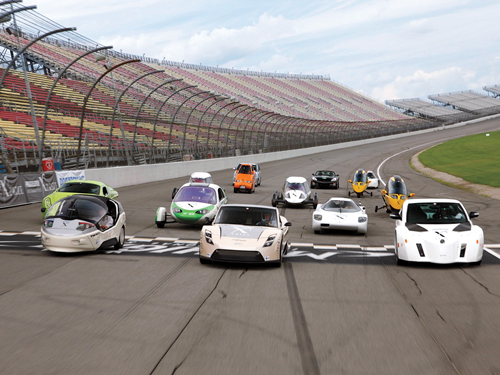Spurring Innovation Through Competitions
Rather than seeking in-house solutions to problems, companies are increasingly turning to contests to generate many diverse ideas.
Even the most successful companies have trouble developing breakthroughs. R&D road maps, as helpful as they can be at accelerating progress in known areas, are not particularly effective at spotting new opportunities outside a company’s experience base. Resource allocation mechanisms tend to be biased in favor of innovations that reinforce existing business models. Executives obsess about tying R&D tightly to production and grounding new ideas in reality. And marketing groups often focus on the needs of current customers instead of identifying new market needs, discovering new solutions or identifying new business models. As one executive told us, “We ruthlessly weed out research that doesn’t fit the existing model — those projects last only six months inside our labs. The immune system of the core business is so strong.”
Traditional approaches to generating new ideas — most notably large corporate R&D labs staffed with world-class talent — are expensive and often produce disappointing results. In response, companies are searching for better ways to identify and exploit novel solutions. Increasingly, they are discovering that many of the very best ideas lie outside their organizations, in an ecosystem of potential innovators who possess wide-ranging skills and knowledge. To discover and attract these contributors, organizations are launching competitions and offering prizes.
Throughout history, competition has spurred artists, athletes, scientists and engineers to strive for new heights. As far back as 1714, the British government offered a prize for the accurate measurement of longitude. In 1795, Napoleon offered a 12,000-franc prize to drive innovation in food preservation, spurring a French brewer and confectioner named Nicholas Appert to develop an effective canning process to avoid spoilage. Recently, a variety of organizations have embraced competitions in their efforts to find solutions to challenges as diverse as providing space travel for tourists and predicting patterns of hospital admissions. (See “About the Research.”)
References (10)
1. F. Murray, S. Stern, G. Campbell and A. MacCormack, “Grand Innovation Prizes: A Theoretical, Normative and Empirical Evaluation,” Research Policy 41, no. 10 (December 2012): 1779-1792.
2. L. Brunt, J. Lerner and T. Nicholas, “Inducement Prizes and Innovation,” CEPR Discussion Paper No. DP6917, July 2008.






Comment (1)
Sramana Mitra